Description
0.25mm Bare Copper Wiring Spools
The Crazy Wire Company are best know as suppliers of top-quality bare annealed copper wiring in many thicknesses. We have enormous stock levels at all times, as we use this wire to weave our woven mesh products.
0.25mm copper wire refers to a wire made of copper that has a diameter of 0.25 millimeters. This size of wire is often used in various electrical and electronic applications due to its good electrical conductivity and flexibility. Copper wire of this size is commonly used in applications such as winding electrical motors, creating electromagnets, and making electrical connections in circuit boards and other electronic devices. The specific properties of the wire, such as its electrical conductivity and resistance, will depend on factors such as the type of copper and the manufacturing process used.
Key product details:
- 99.9% Copper with the 0.01% being made up of trace elements.
- Assay – =99.9%
- Form – wire
- Resistivity – 1.673 µO-cm, 20°C
- Diam. – Various
- bp – 2567 °C(lit.)
- mp – 1083.4 °C(lit.)
- Density – 8.94 g/mL at 25 °C(lit.)
Other Available Copper Options
- 0.15mm – 35 AWG
- 0.18mm – 35 AWG
- 0.2mm – 32 AWG
- 0.25mm – 30 AWG
- 0.3mm – 29 AWG
- 0.35mm – 27 AWG
- 0.4mm – 26 AWG
- 0.5mm – 24 AWG
- 0.6mm – 22 AWG
- 0.7mm – 21 AWG
- 0.8mm – 20 AWG
- 0.9mm – 19 AWG
- 1mm – 18 AWG
- 20mm x 25mm Copper Adhesive Strip
- 30mm x 25mm Copper Adhesive Strip
Why Use The Crazy Wire Company
- Quality of products: The Crazy Wire Company always offer high-quality products that meet industry standards and customer expectations.
- Selection: We offer a wide variety of wire products and sizes to meet the diverse needs of our customers. We have more than 600 products available through our site and counting.
- Price: We always offer the best value possible. Our wires are available as part of our major weaving processes, so it is bought at the best possible rate.
- Availability: Our products are kept in house and are ready to ship immediately.
- Customer service: Our experienced staff help our customers feel confident in their purchases and provide assistance when required.
What Else Is Available?
We do not only offer copper round wire. We also have a huge range of KA1 and stainless steel round wire in stock at all times.
Ribbon wire and flat wire are stocked for immediate dispatch too.
FAQs About Copper Wire
How Is Copper Wire Manufactured?
Copper wire is manufactured through a process called wire drawing, which involves reducing the diameter of a rod or wire by pulling it through a series of dies. The process typically begins with a large diameter rod made of pure copper, which is then gradually reduced in diameter through a series of drawing operations.
Here are the basic steps involved in the wire drawing process:
Annealing: The copper rod is heated to a high temperature and then slowly cooled to soften it, making it easier to draw.
Wire drawing: The softened copper rod is pulled through a die, which reduces its diameter and increases its length. This process may be repeated multiple times with progressively smaller dies to reach the desired diameter.
Intermediate annealing: To prevent cracking and brittleness, the wire may undergo intermediate annealing after each drawing operation to maintain its ductility.
Final annealing: The wire is heated to a high temperature and then cooled to remove any residual stresses and improve its electrical and mechanical properties.
Coating: The wire may be coated with a material such as plastic or enamel to improve its insulation properties or for other functional or aesthetic reasons.
Can Copper Wire Go Bad?
Yes, copper wire can go bad over time, although it generally has a long service life. There are several factors that can contribute to the degradation of copper wire, including:
- Corrosion: Copper wire can corrode over time, especially if it is exposed to moisture or other corrosive elements. This can result in a reduction of the wire’s electrical conductivity and a loss of its structural integrity.
- Fatigue: Copper wire can become fatigued due to repeated bending and flexing, which can cause cracks to develop and eventually result in wire failure.
- Overheating: Excessive heat can cause the wire to lose its mechanical and electrical properties, leading to decreased performance or failure.
- Electrical overloading: Overloading the wire with too much current can result in overheating and wire failure.
- Physical damage: Copper wire can become damaged from physical impacts or by being bent or kinked too tightly, which can cause cracks or other types of damage.
Can Copper Wire Affect Your Skin?
Copper wire itself is generally safe and does not cause skin irritation or other adverse effects in most people. However, in some cases, people may develop an allergic reaction to copper or to other metals that are present in the wire. Symptoms of a metal allergy can include skin rashes, itching, redness, and blistering, and in severe cases, an allergic reaction can lead to anaphylaxis, a life-threatening condition.
In addition to metal allergies, copper wire can also pose other health risks if it is not handled or installed properly. For example, electrical shock or burn injuries can occur if the wire is damaged or if there is an electrical fault, and contact with live wires can also be hazardous.
Can Copper Wire Be Used As A Fuse Wire?
Yes, pure copper wire can be used as a fuse wire, although it is not the most common type of fuse wire. Fuse wires are used to protect electrical circuits from overloading, and they are designed to melt and break the circuit if the current exceeds a specified level.
Copper is a good conductor of electricity and is widely used in electrical circuits, but its high conductivity can also make it a poor choice for fuse wire, as it has a low melting point and may not provide adequate protection in some applications. For this reason, other materials such as silver or aluminum are often used as fuse wires, as they have higher melting points and provide better protection against overloading.
However, in some low-voltage or low-current applications, pure copper wire may be suitable as a fuse wire, especially if it is specified by the manufacturer and is used in accordance with the recommended guidelines. In such cases, the copper wire must be of the correct size and have the appropriate electrical properties to ensure that it can safely protect the circuit from overloading.
Check out our blog ‘what you need to know about: pure copper wire’ for more information on copper wire in general. Our goal for our blogs and help guides is to answer as many questions as possible to help to explain the possibilities of mesh to our customers.
We also offer similar products through our highly popular eBay store, check us out there too.
Contact our team today if you have any questions at all. We are always really keen to help in any way that we can.


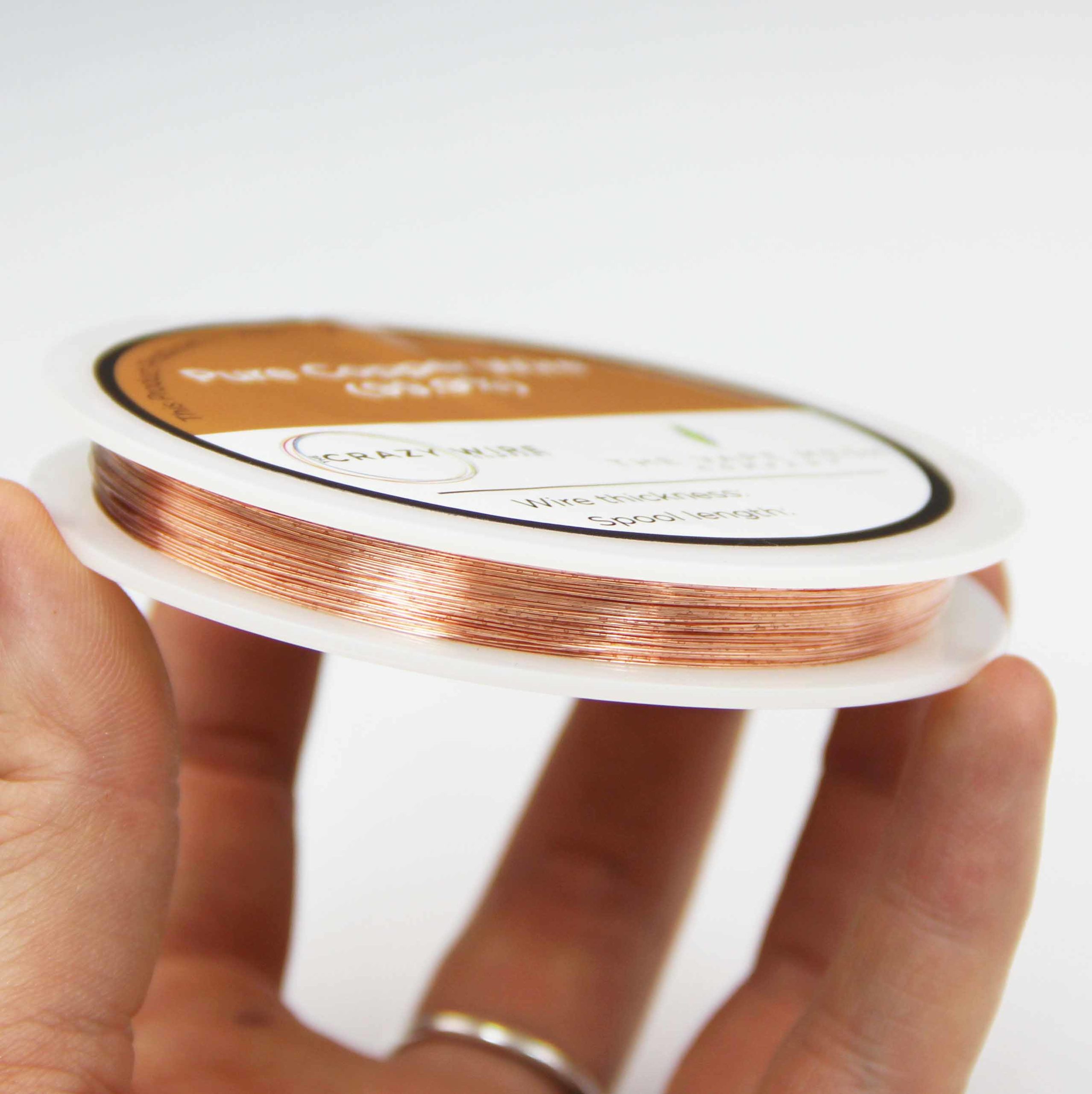
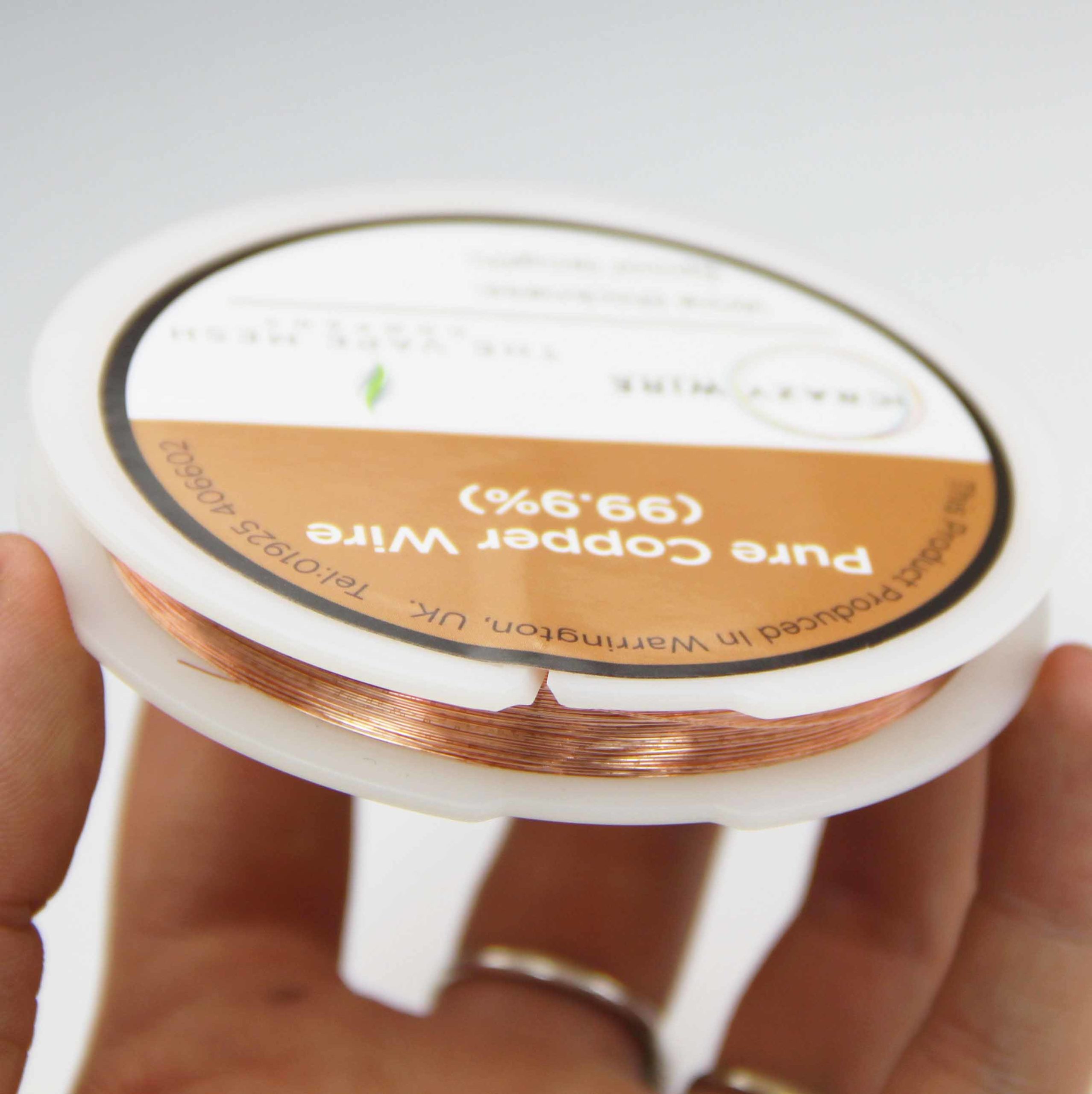


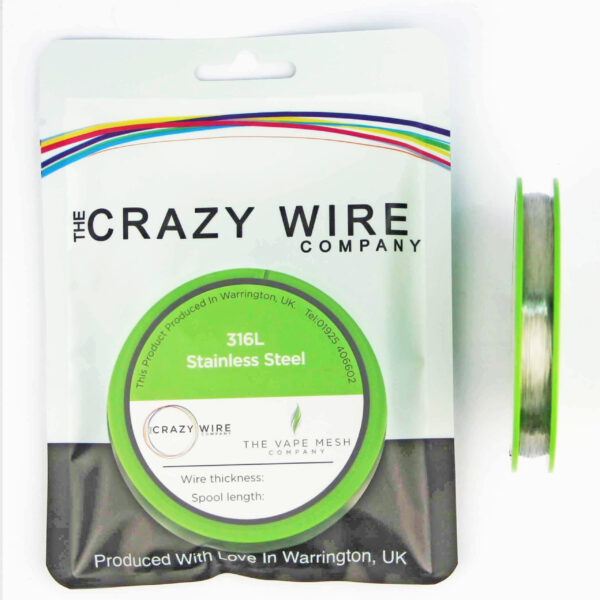
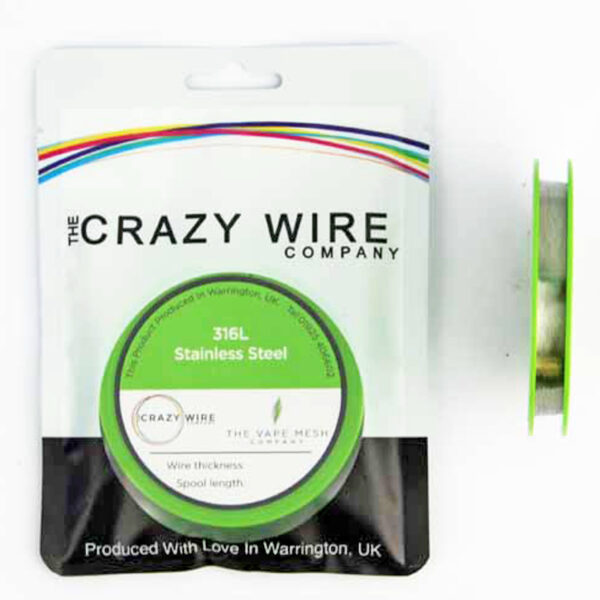
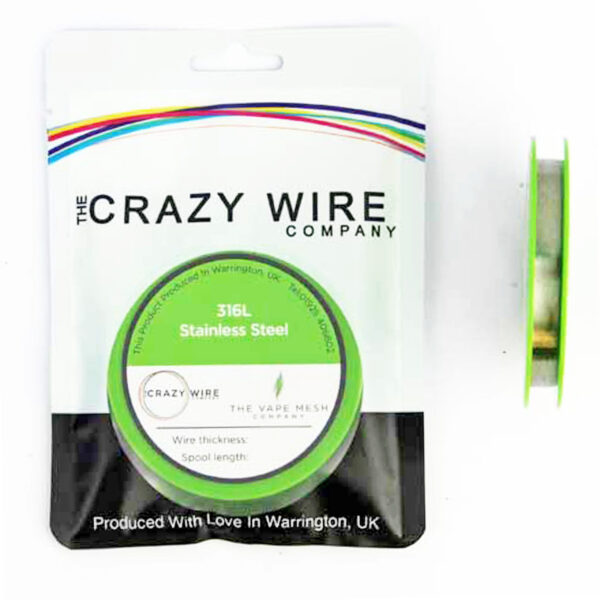
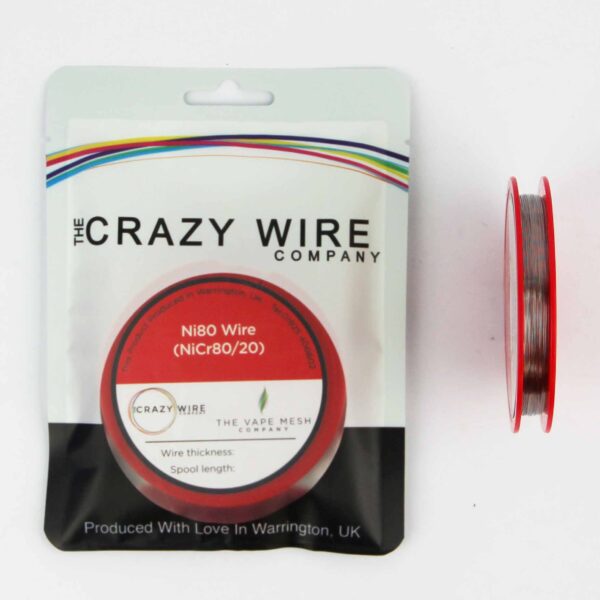

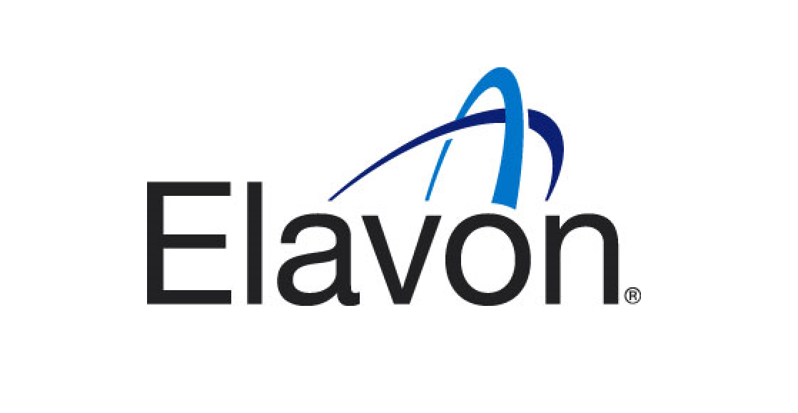



Reviews
There are no reviews yet.